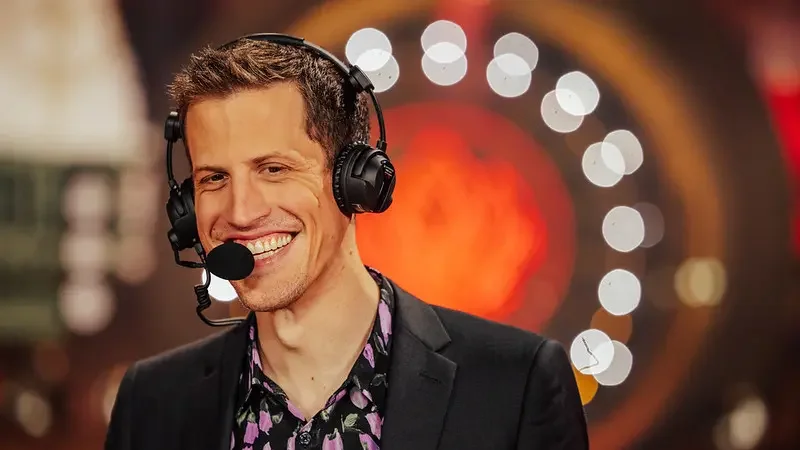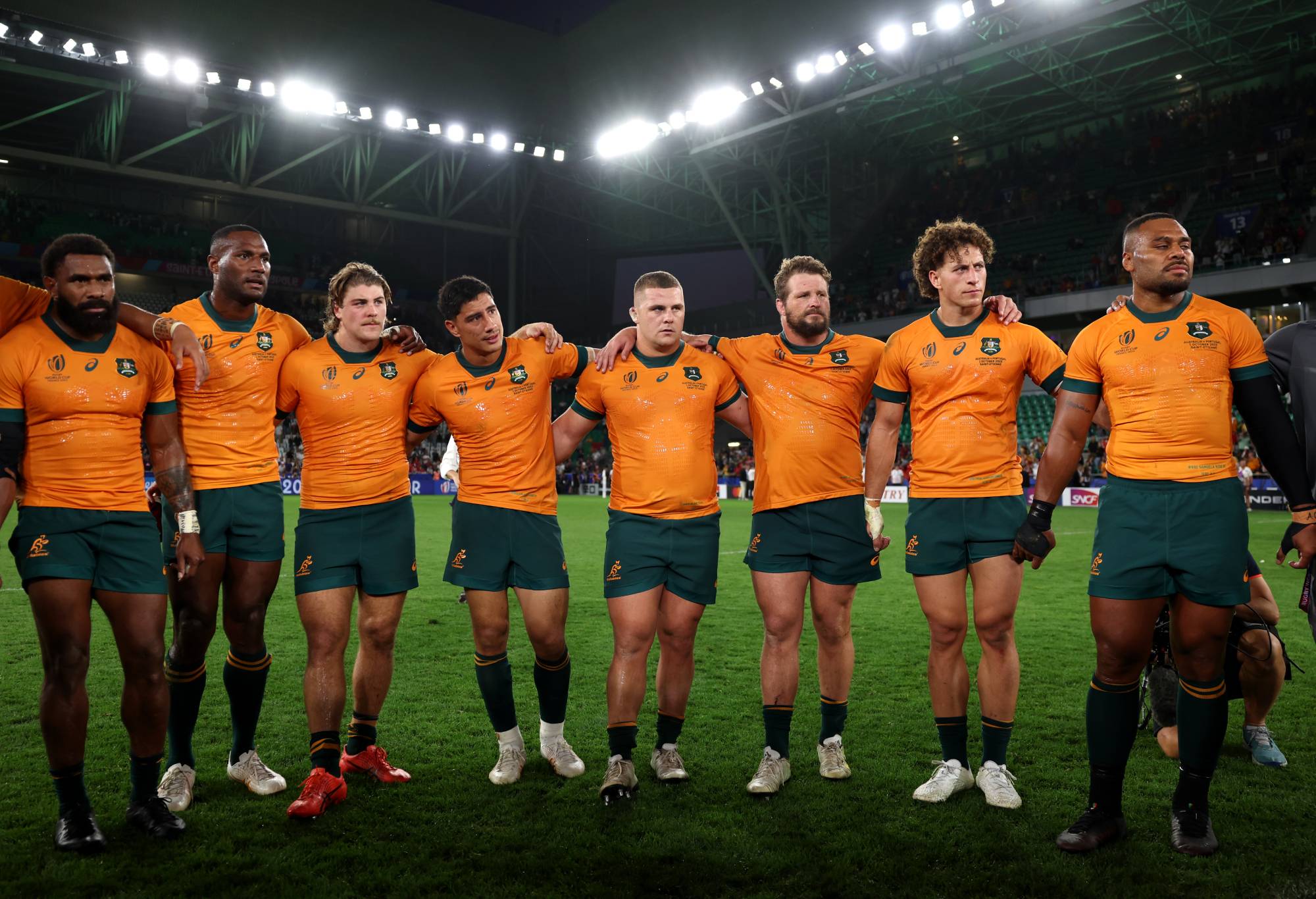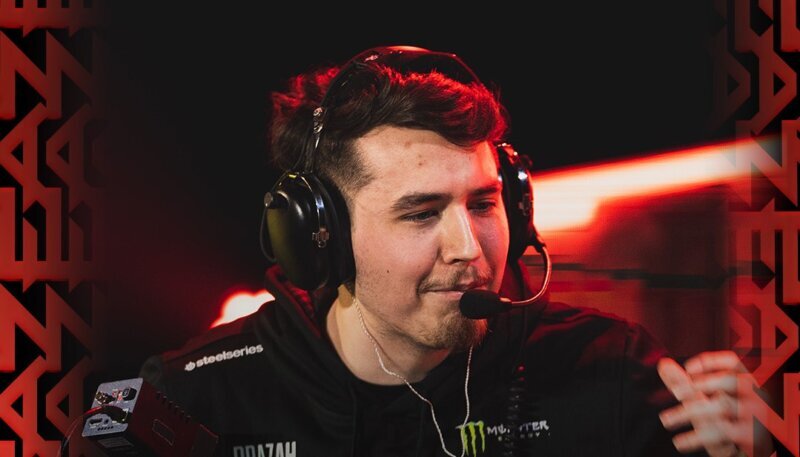
What have the Giants learned after the Week 16 meeting?
It’s been just three weeks since the New York Giants and Minnesota Vikings last faced off.
The two teams met on Christmas Eve, and the Vikings just edged out the Giants 27-24 on a career-long 61-yard field goal from Greg Joseph. Despite the narrow loss, the Giants felt considerably better about themselves coming out of the game than they did going in. After all, they took the (then) Number 2 seed in the NFC down to the wire.
It isn’t often that opponents who aren’t in the same division see each other twice in three weeks. That creates all sorts of interesting wrinkles as opponents who aren’t terribly familiar with each other suddenly have troves of relevant scouting information.
How these two teams adjust based on that recent information could be the fulcrum around which this game pivots.
Will the quick game be there?
The Giants jumped out to a shocking 7-2 record over the first half of the season. However, they quickly went into a skid around the middle of the season, right around their bye week. One of the reasons for the Giants’ mid-season skid was that opposing defenses (even poor defenses like the Seahawks and Lions) were able to anticipate the Giants’ RPO-based offense and played more disciplined football.
The Giants’ offense stumbled until Mike Kafka switched to a more classic West Coast quick game passing attack when the Giants and Washington Commanders went to overtime in their first meeting. The change sped up the Giants’ process and allowed Kafka to use more of wide receivers Isaiah Hodgins, Richie James, and Darius Slayton in 11-personnel.
The Giants have continued to evolve their quick-game passing attack, sequencing double-moves off of their shorter routes. Hodgins, in particular, runs these very well and has forced veteran receivers like James Bradberry and Patrick Peterson to bite — and bit hard — on the fakes. Kafka has also done a very good job of using stacked formations to get free releases for the Giants’ receivers.
Last game, the Giants were unusually pass-heavy. They threw the ball 42 times and only had 21 total rushes.
The Vikings have a porous pass defense. They saw the fourth-most pass attempts, allowed the fifth-most completions, and the second-most yards among any team in the NFL this year. Ed Donatell is a student of Vic Fangio and runs a similar system to his mentor, however he doesn’t yet have the personnel in place to overcome the system’s weaknesses.
Interestingly, we have seen the Vikings be more aggressive in recent weeks. They blitzed Daniel Jones on about 25 percent of his drop backs in the first game. And while that isn’t much compared to the rate at which Wink Martindale sends pressure, it certainly is up from their 18.9 percent season average.
It seems likely that the Giants will attempt to lean on the pass again this game as they look to exploit Minnesota’s weak pass defense and avoid the (relative) strength of their run defense. By the same token, we could see Minnesota use more man coverage rules in their Cover 4 scheme, perhaps using press or press-bail techniques (when possible) to disrupt the timing of the Giants’ passing game. Likewise, we could see them send more blitzes to try and get pressure quickly.
The right side of the offensive line
The Giants’ offensive line is in an interesting place. Andrew Thomas has grown into the player he was expected to be coming out of Georgia and it isn’t a surprise that he’s 10th among all offensive tackles in ESPN’s Pass Block Win Rate. It is something of a surprise that Jon Feliciano has come along quite well as a center and 10th among centers in PBWR.
The Giants have platooned Nick Gates and Ben Bredeson at the left guard, and had good results there as well. Interestingly, a new metric, STRAIN (or Sacks, Tackles, Rushing, and Aggression INdex), which was developed as a part of the 2023 Big Data Bowl, suggests that Ben Bredeson is one of the best pass protectors in the NFL.
I won’t get too deep in the weeds with the math and physics underpinning the study, though I encourage everyone to click the links and read into it yourself.
But here’s the quick-and-dirty: STRAIN looks to see which pass rushers close the distance to the quarterback the quickest. By the same token, data scientists can see which blockers are the “stickiest” and offer the most resistance to pass rushers. As it turns out, Bredeson ranks eighth among all offensive linemen.
The problem for the Giants comes in on the right side of the offensive line. Mark Glowinski has been a disappointment as the “big” free agent acquisition this year. The veteran has been a dependable blocker in the NFL for some time, but he seems to have declined in 2022. He’s struggled with interior pass rushers throughout the year and has been the source of a fair amount of penetration into the Giants’ backfield.
Evan Neal has had flashes of excellence, but he’s also had extremely rough patches. In recent weeks, he had a good game against the Colts, but also struggled against Minnesota’s Danielle Hunter and the Philadelphia Eagles pass rush.
If the Vikings are able to disrupt the timing of the Giants’ passing game and do blitz more frequently, that could expose Glowinski and Neal to Dalvin Tomlinson, Za’Darius Smith, or Daniel Hunter — or any blitzers sent on that side. There are, of course, ways to compensate for questionable pass protection and we could see the Giants use Daniel Bellinger or Saquon Barkley as blockers, or at least delivering chip blocks before releasing into routes. Likewise, we could see more bootleg rollouts or play-action passes to move Daniel Jones away from the pass rush or force pass rushers to honor their run fits before rushing the passer.
Stay efficient
Perhaps the Giants’ single greatest strength on offense has been their refusal to turn the ball over.
Granted, the Giants have had some help from opponent error, but they still rank second in the NFL in giveaways on the season with 16. They play a very risk-averse brand of offense.
If there’s one saving grace for the Vikings’ defense, they are pretty good at taking the ball away from their opponents. The Vikings have 25 total takeaways this season (eighth overall), with 10 fumble recoveries and 15 interceptions. The last time around, the Vikings had a pair of takeaways (a fumble and an interception), with a second fumble that was recovered by the Giants.
While the Giants did a good job of slowing down the Vikings’ offense in Week 16, those two turnovers were likely the difference in the game. While Minnesota only scored 3 points off of their two takeaways, those turnovers also denied the Giants opportunities to score.
While Wink Martindale is likely going to school on the tape from the Giants first game against Minnesota, as well as the Vikings’ 41-17 loss to the Green Bay Packers, the Giants can’t afford to take the Vikings’ offense lightly. That means that the Giants can’t afford to give them any extra possessions or chances to score.
The NFC has put three teams into the playoffs that have negative scoring differentials, and two of them are playing in this game. The Vikings have been outscored because they have a potent offense and a (generally) bad defense. The Giants have been outscored because they’ve had a (generally) anemic offense and a defense that is competitive but vulnerable to big plays. The Giants have played their best when they aren’t being pressured by the opposing offense, and playing a clean game is paramount.



![IPL 2024 [WATCH]: CSK fan silences Pat Cummins as Matheesha Pathirana dismisses Heinrich Klaasen](https://crickettimes.com/wp-content/uploads/2024/04/CSK-fans-reaction.webp)















You must be logged in to post a comment Login